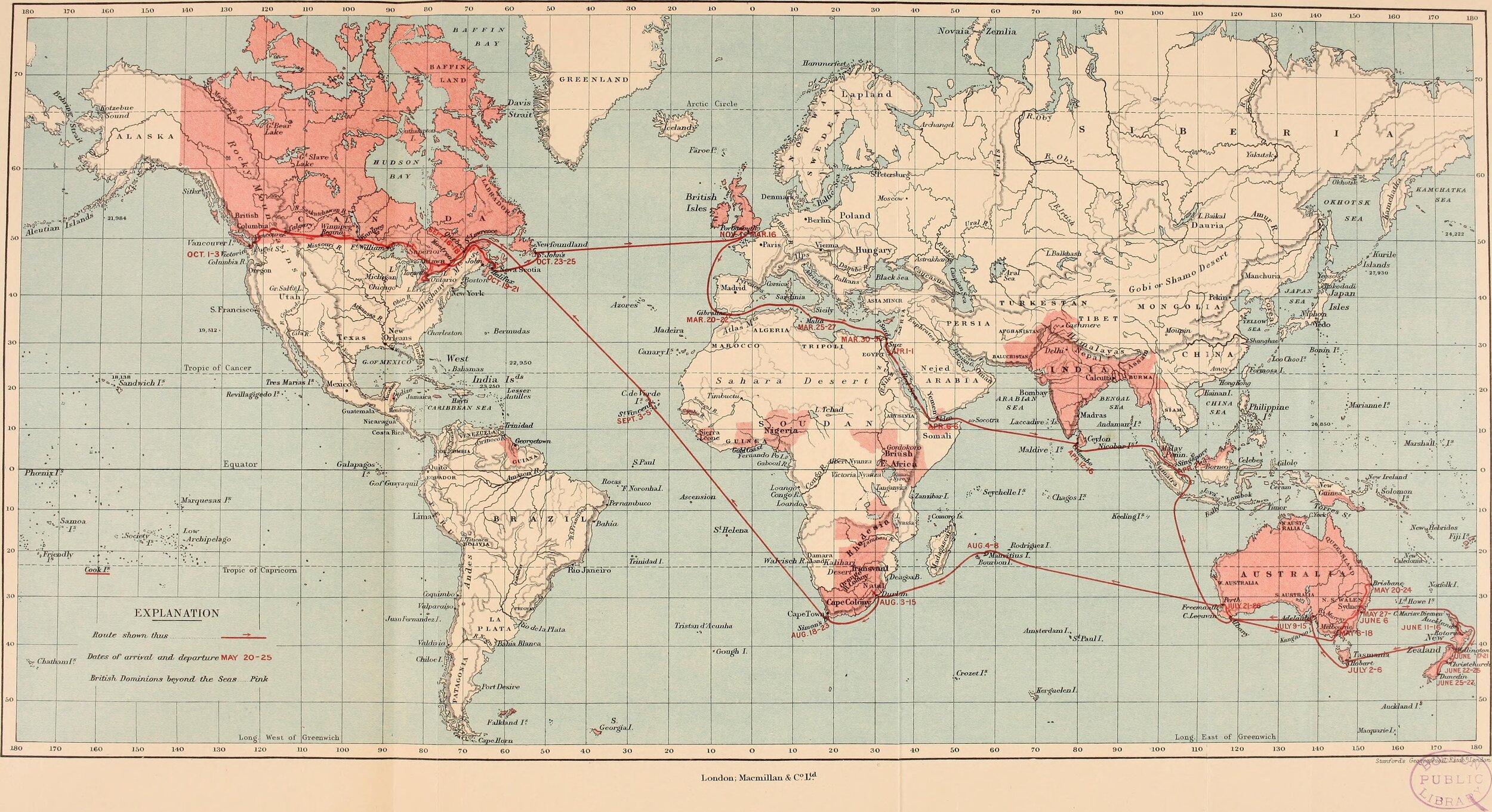
Part 5:
1945 to 2020: The Big Picture
#86 China’s Overseas Policy: Part 2
Conclusions arising from China’s Global infrastructure on the world stage are still difficult to assess. Do Chinese world policies create a new form of Imperialism as part of the anti-China rhetoric suggests?
That the USA resents the rise of China as a contender for world power is obvious. China is different as a contender state when compared to Germany before 1914 and the USSR after 1945. It is worth our time to consider these large questions?
#83 China’s Economic Growth After Mao: Part 1
The issue that has undermined western Chinese analysis is Mao. During Mao's period, China was a closed society, relatively speaking. Mao struggled with the central issue of the Communist Party: how to create an industrial revolution, without becoming dependent on western economies. The period of his rule was turbulent. Western assumptions that there was a lack of growth during Mao’s time have been shown to be false. In fact, between 1970 and 1979, China’s GDP growth rate was 6.8% per annum. That statistic implies a continuous growth rate every year in fact for 70 years. If we examine capital accumulation, i.e., the growth rates of productive capital stock, capital equipment, machinery, tools, industrial buildings, excluding residential buildings and the value of land, there was an annual growth rate of 10.3% from 1952 to 2015.
#66 Controlling the Peace: the Soviets and the USA’s Wish for a Cooperative Peace
The economies and politics of all nations at war were shattered; the only exceptions were the USA, the USSR, and the UK who all had maintained their political systems. The economies of the UK and USSR were in pieces. The USA had not only not been invaded, but she had also lost the least number of men. Throughout all of this, her economy had been strengthened. When we compare this with the loss suffered elsewhere: the Russians had lost 20 million-plus, men women and children; the British had lost 375,000 men; the Japanese lost between 2 and 3 million people; the USA had lost 405,000 men or 2.0% of the Soviet losses.
#61 Global Structural Change 1945 -2020
Here I illustrate the broad outlines of the political framework determined by US policy, followed by the economic framework determined by global events. Some of these events were somewhat outside of the US control. Events like the attack on the Twin Towers in New York, or the collapse of the USSR, were of course outside direct US control. But once they happened, the US policy that followed had global consequences. Over these 70 plus years, the USA has been by far the most dominant power on the planet, hence global structural change has been directed by Washington.
Please don’t gasp with fury at what might at first appear to be a gross overstatement. As time elapsed after 1945, other powers, like China began to play an ever-greater role in world affairs. My job here is to illustrate the big picture on a global scale and you will see how powerful the USA was in 1945, slowly declining as time moved on.



